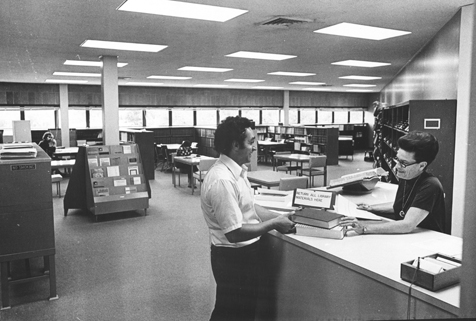
Faculty Research 1970 - 1979
Experimental transmission of atypical ileal hyperplasia of hamsters.
Document Type
Article
Publication Date
1975
Keywords
Animal, Bacteria: ip, Fluorescent-Antibody-Technic, Hamsters, Hyperplasia, Ileum: mi, pa, Intestinal-Diseases: pa, tm, ve, Intestinal-Mucosa: im, pa, Liver: pa, Lymph-Nodes: pa, Male, Rodent-Diseases: pa, tm, Spleen: pa, SUPPORT-U-S-GOVT-NON-P-H-S, Weaning
First Page
465
Last Page
473
JAX Source
Lab-Anim-Sci. 1975 Aug; 25(4):465-73.
Abstract
Conditions for oral transmission of atypical ileal hyperplasia (AIH) in weanling hamsters were established and 22 passages were made. AIH was transmitted by feeding whole cell-free supernatants of ileal homogenates. The etiologic agent(s) was retained by 0.22 mum pore-size filters and was inactivated by chloroform treatment or by heating at 56 degrees C for 30 min. Enteric bacteria from affected animals also induced AIH, but with a lower morbidity and mortality than following inoculation with ileal extracts. Experimentally induced lesions progressed from marked segmental hyperplasia of ileal mucosa to granulomatous inflammation in underlying connective tissue and muscle tunics. Hyperplastic mucosal epithelium penetrated the muscularis mucosa, but metastases were not detected. Serum antibody from exposed animals reacted specifically, by indirect immunofluorescence, with an intracytoplasmic mucosal cell antigen(s) of autologous and homogolous ileal lesions, but antibody did not react with normal ileal mucosa or with unaffected portions of intestine from animals bearing ileal lesions.
Recommended Citation
Jacoby RO,
Osbaldiston GW,
Jonas AM.
Experimental transmission of atypical ileal hyperplasia of hamsters. Lab-Anim-Sci. 1975 Aug; 25(4):465-73.

